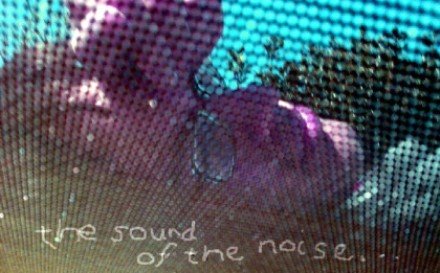OK, so, you might ask, what does DC do well then? You might count big explosive cross-overs such as the four different “Crises”, for one. Also I think the DC heroes and villains (and those in-between) often cross over from title to title more seamlessly than those in Marvel's books, which is interesting and creates a world where the bizarre and incredible seems to be going on all the time. I think there are some great writers in there too from Geoff Johns (currently writing Green Lantern, Superman and Flash) to Greg Rucka (working away on things like Checkmate – more on this later) to novelist Brad Meltzer (whose recent work on JLA: The Tornado's Path was shocking, exciting and yet very introspective, dealing with the personal journeys a few characters on the team).
So Infinite Crisis then – basically it's a great seven-issue miniseries which deals with some major threats to the world – which are seen to have come about because of the failure of the heroes to be pure and to work hard enough to protect and uphold the good in the world. It builds on several shocking storylines in modern DC comics which have shown heroes making moral compromises in the face of battle. Batman has become more paranoid, and is facing some serious errors of judgement springing from his obsession with crime-fighting, Superman has been put through the wringer through fighting new villain Ruin and letting himself be caught out by Eclipso (a magical entity), warrior for peace Wonder Woman faces the suspicion of the whole world for killing a man, and usually unstoppable superhero team JLA has split up, because of a serious betrayal of trust within the team – which sprang from some skeletons in the closet that turned up during the carefully-plotted whodunit, Identity Crisis, from a year earlier (which, incidently, is a good place for newcomers to the DC universe to start following this crisis).
One of the JLA's oldest members is missing after an explosion on the moon base of the team, and so as the story opens the Big Three (Superman, Batman and Wonder Woman) meet to investigate – ending up criticising each other's actions and not seeing a way forward, while the world is being over-run by an artificial intelligence worse than HAL, by chaos in the world of magic, and by a society of villains, apparently more united and purposeful than our heroes.

So what did I like about it?
- A killer opening issue, which shows how bad things have got.
- The theme of disillusionment about how to improve the world seems really relevant, where we feel we are only being reactionary to the problems in the world. Is it really possible to do something great? To make a great world, when we can't even keep friendships and open up to the people that matter?
- A good focus on the younger generation of DC's characters, Nightwing and teen Superman-clone Connor particularly, whose personal journeys really impact the corresponding older heroes, Superman and Batman, who have sunken to new lows in the early stages of the story. Wonder Woman emerges from her own shadow too, proving herself a warrior of valour, and a defender of earth. Issues 3 and 4 are great at developing the main characters while providing killer action.
- The huge scale of it, with made the writer see the necessity of putting in a "temple" scene where even heroes stop and seek their god or gods. It nicely acknowledges what a real world crisis would lead to.
- A seemingly unstoppable villain, who returns for a shocking and violent climax.
- Incredible art throughout, spectacular and emotional.
- The fact that this led to the ambitious and multi-layered epic: 52. (I guess I'm introducing you to more and more DC comics - partly to point out that, clearly, Marvel comics are not the only good ones:)
What I struggled with a little was the sheer amount of characters included without explanation of who they are and how they got there. That's probably one reason why I just didn't care about the space parts much. Some of the superpowers I really don't understand (why does the “speed force” suddenly stop working, and what is it anyway?), and I'd like to know how Black Adam (proud prince of Middle East country Kahndaq) got involved. Why is Connor just moping around at the beginning? Does anyone understand Firestorm? And these are just some of my questions!
More tomorrow on the best way to read Infinite Crisis - what is essential and what I think you should skip.


No comments:
Post a Comment